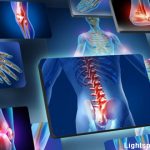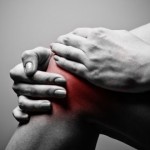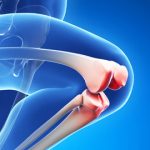A new study in mice found that Hyal2 deficiency may play a role in the turnover of cartilage hyaluronan, resulting in an accumulation of hyaluronan and, eventually, the development of osteoarthritis. Researchers suspect these results indicate an imbalance in the metabolism of hyaluronan…





